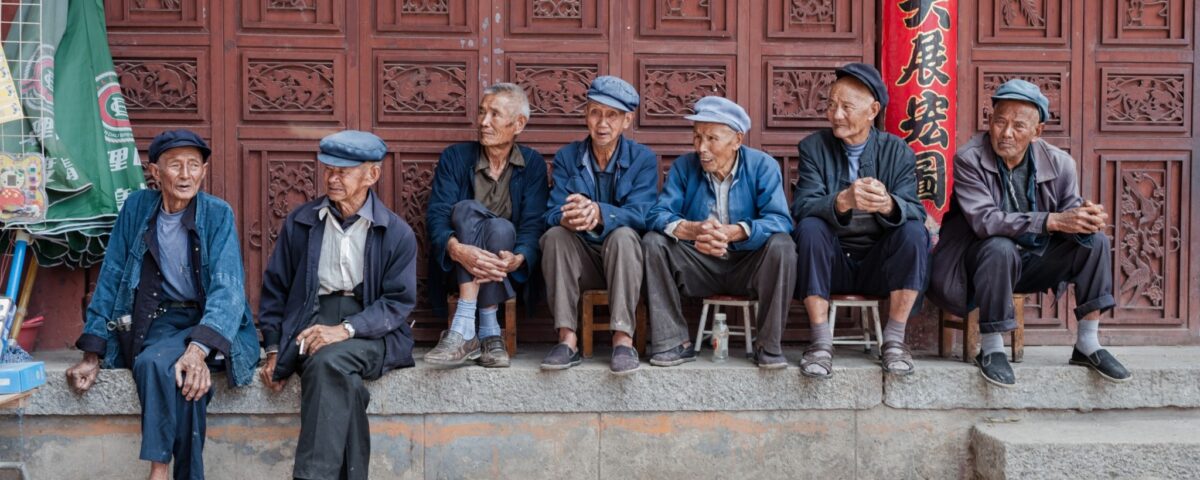
Why Should Tesla Stay in New Jersey?
April 17, 2014
The Reason the Price of Gasoline Has That 9/10
April 19, 2014The wait list for the most popular retirement home in China has topped 10,000. With 1100 available beds and just 11 beds emptying annually, it could take 100 years for someone to get a spot.
Part of the problem is that Chinese families had too many children and then too few.
A baby boom under Chairman Mao and then the one-child policy that began during 1979 could have dire demographic consequences because of an increasingly elderly population. Expressed as an old age dependency ratio–comparing the number of people aged 65 and over to the working age population, 15-64–the proportion of older people per hundred who are working has steadily ascended to just over 11 in 2011. Looking ahead with UN projections, the ratio could soar close to 40 in 2050.
China’s Old Age Dependency Ratios, 1960-2011:

One source of the problem relates to China’s one-child policy. Previously, a slower growing population meant fewer children for parents to care for. On the other end, as a developing nation, the number of people over 65 was relatively low. In addition, leaving rural areas for factory jobs, young workers became more productive.
Now though, with a bigger proportion of the population too old to work and a smaller working age cohort (because of one-child) to support them, the demographic is flipping. Compounding the problem, China is a developing nation with less affluence than developed nations that are also aging. Expressed perfectly by the Wall Street Journal, wealthier nations like Japan have a “deeper cushion of wealth to rely on.” Perhaps shaving off 3.25% annually between 2012 and 2030, for China the impact of an aging population on the GDP could be considerable.
In addition, you have the challenge of caring for the elderly. Because of the one-child policy, married couples with no siblings have 4 parents to care for. In small urban apartments, 2 sets of in-laws?
And yet China still is articulating its nine-seven-three approach. They expect 90% of the elderly to live at home, 7% to get government care and the 3% who can afford it, to live privately. Chinese legislators have also proclaimed that young adults have a filial obligation and businesses should provide vacations for parental visits. In 2012, a 77-year old Chinese woman successfully sued her daughter and son-in-law for neglect. Ruling that the children had to visit their mom at least once every 2 months and provide financial support, the court supported China’s “filial piety” tradition.
Our bottom line: In a world with limited land, labor and capital, any decision to allocate resources to the elderly means less will be available to everyone else. As one commentator asked, “Will China grow old before it grows rich?”
Sources and Resources: An article in the Telegraph provided a good introduction to China’s aging challenges as did Brookings and the Wall Street Journal. For the stats, I recommend the UN.
Please note that several sentences first appeared in a past econlife.
![econlifelogotrademarkedwebsitelogo[1]](/wp-content/uploads/2024/05/econlifelogotrademarkedwebsitelogo1.png#100878)




